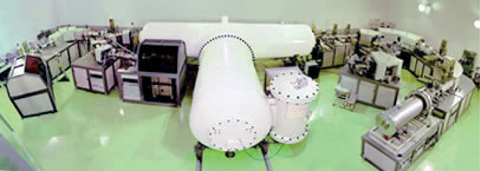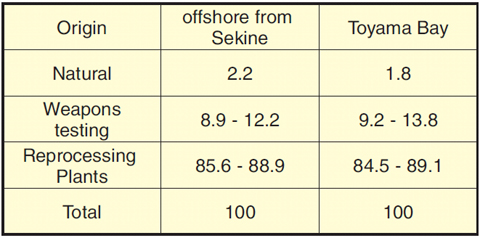
Fig.14-29 Accelerator Mass Spectrometer (AMS) at Aomori Research & Development Center
Table 14-3 The relative sizes of sources of 129I in seawater


Fig.14-30 The vertical profiles of 129I in seawater
Iodine-129 (129I) is a long-lived radionuclide with a half-life of 15.7 million years which is produced naturally by the interaction of cosmic-rays with xenon and by spontaneous fission of uranium. 129I was released from nuclear weapons testing in the 1950s-60s and is released from commercial and military nuclear fuel reprocessing plants. Because the amount of 129I released from reprocessing plants is larger than that of other sources, reprocessing plants are point sources in models of iodine circulation on a global scale. The released 129I from reprocessing plants, therefore, proved useful information for general studies of global circulation of substances. On the other hand, there has been no technique to measure 129I in environmental samples with high sensitivity. We thus modified the Accelerator Mass Spectrometer (AMS: Fig.14-29) at the Aomori Research and Development center of the Japan Atomic Energy Agency for 129I measurement, established technology to measure iodine isotopic ratios (129I/127I) with detection limit below 10-14, and applied this technique to seawater samples.
129I/127I in surface seawater was measured offshore from Sekine and in Toyama bay. The 129I/127I ratios were fifty times higher than that of natural level. Because the excess of 129I is due to the released amounts from nuclear weapons testing and reprocessing plants, the ratio of contributions of these sources was estimated. The estimated ratio was natural: nuclear weapons testing: reprocessing plants = 2 : 10 : 88 (Table 14-3). This study shows that more than 80% of the 129I originated from reprocessing plants. Because large reprocessing plants are operated in England, France, and U.S.A., the 129I released from those plants was transported via the atmosphere. Therefore, this study shows that the 129I released from reprocessing plants are transported on a global scale and that iodine diffuses over long distances via atmospheric movement.
Next, the concentration of 129I in seawater was measured vertically at Toyama Bay (Fig.14-30). The inventory of 129I in Toyama bay was three times higher than that in the Gulf of Mexico. The surface seawater in the Japan Sea sinks in the winter, and the Japan Sea is largely enclosed by land; these are likely causes of this higher inventory.
This development of high sensitive 129I measurement technique using AMS at Aomori Research and Development center allowed us to measure 129I in seawater with higher sensitivity than ever before. This technique will be useful not only in obtaining new information about iodine migration but also in oceanographic studies using iodine as a tracer. Moreover, AMS is expected to be increasing useful various other studies in the future.